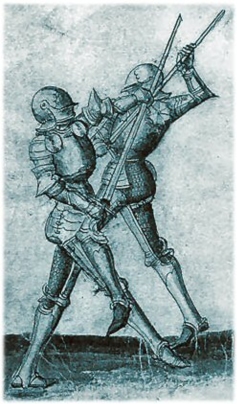Herremann the Wise
First Post
How about: *Swing....Block....Block....Miss....OUCH!.Damn!....Move....Swing...I don't envision it as two robots going *Swing. miss......loading.................swing. Hit...............*
As you say, there's lots going on. As for the swordmage thing, it does seem a funny sequence of actions... that whole mechanics vs. flavour argument again I suppose.
Best Regards
Herremann the Wise

